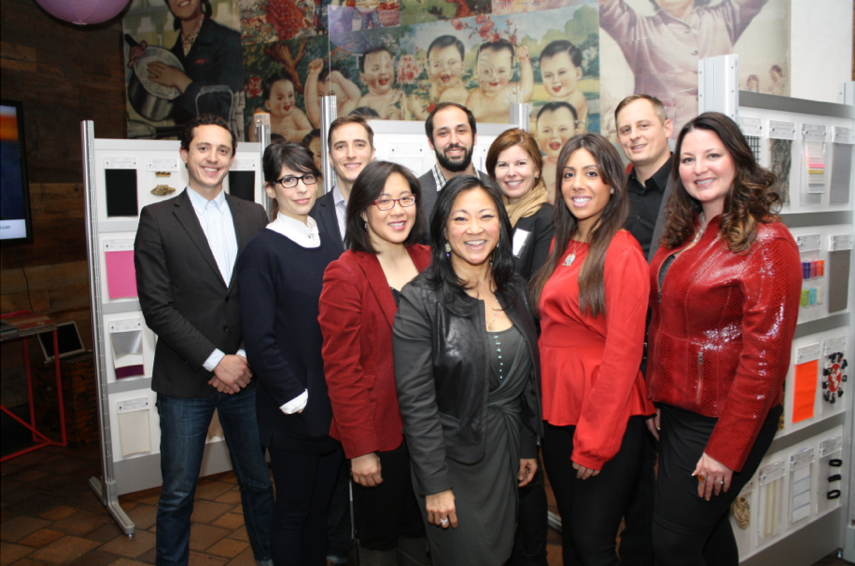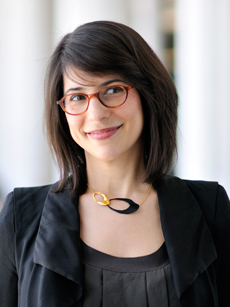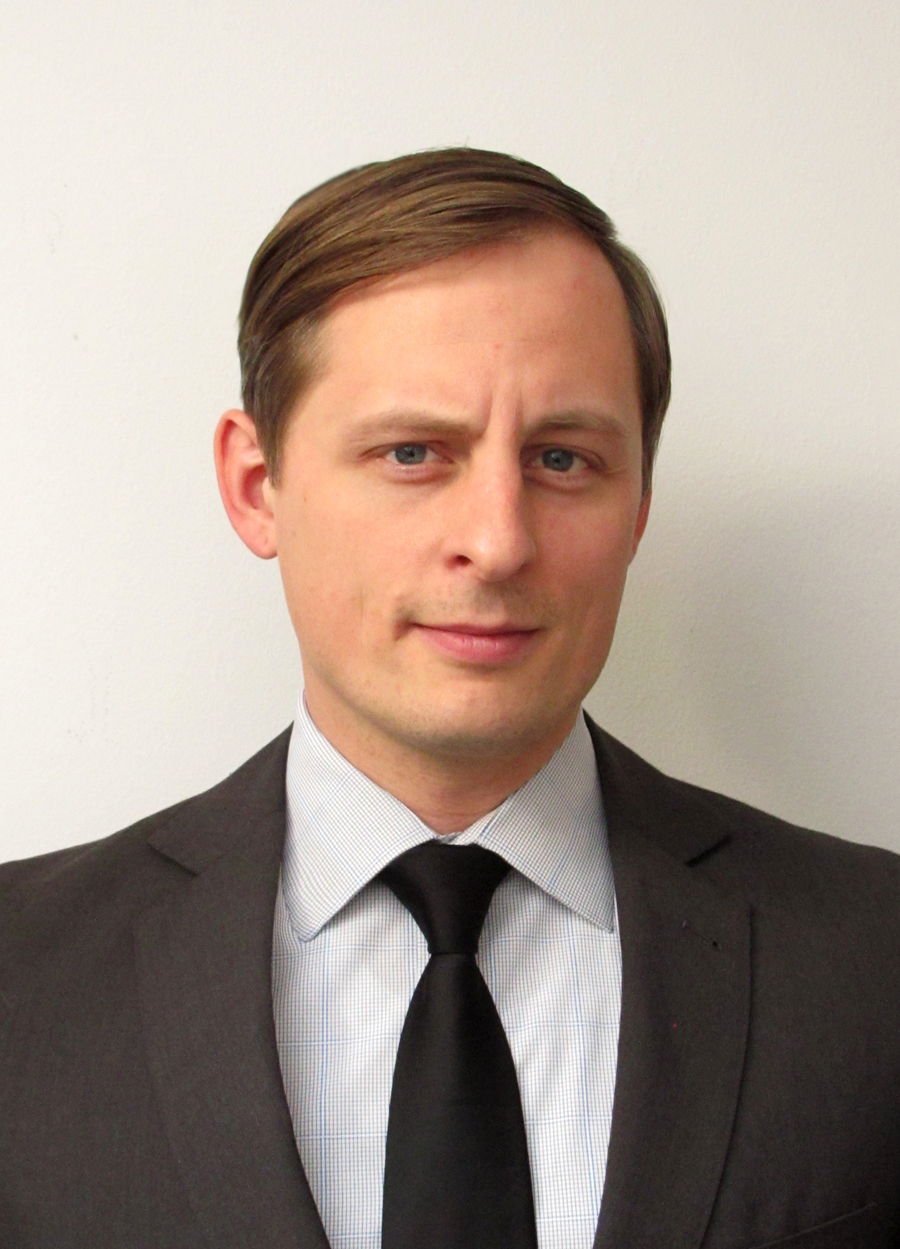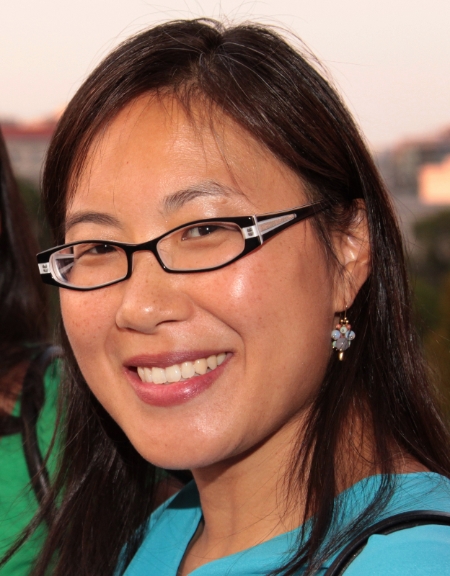This past November, Angela Yeh, Founder and CEO of Yeh IDeology, took part in DMI’s Web Conversations, geared towards organizations and business owners, management and hiring managers with the specific topic challenge: "How to Build Innovation into Your Organization” In this series, we’ll be revisiting Angela’s talk, “Integrating Innovation,” while highlighting excerpts, thoughts from the talk, and delving further as we go into each of Angela’s 7 best tips for innovation success and 3 major pitfalls to avoid.
Shall we continue?
Integrating Innovation.
Step #4: Agents of Change. Identifying Key Players, Designating Leaders.
 Image
Image
During a recent client project, we realized that the team needed additional creative leads – external contractors – to supplement the existing team and to build more innovation. When we recognize key players, we not only consider typical departments (the C-Suite, Marketing, Design, R&D, Product Development, Division Management, etc.) but also outside contractors as part of the process. Establishing the “What & Where” and “How much” to integrate innovation, and awareness amongst stakeholders are as critical as this next step: a) identifying key players, and b) designating leaders.
Identifying Key Players The earlier example is a common – often crippling – issue that we frequently discover as we delve deeper into the conversations with our clients; despite their long track record of developing great programs, they were not effectively connecting with other divisions and managers. Too often, we hear innovation leaders blame their supervisors as the reason they can’t effect change. If this sounds familiar, you need to realize that these individuals could be most crucial to the entire initiative’s success, and how you communicate your values across, to your superiors and juniors, is just as important. There are consequences when stakeholders are unable to communicate and/or understand the impact and value that this kind of innovation can potentially benefit at large.
Do your company a favor and evaluate your organizational structure. List all the different departments and key players. Always keep it handy as open communication channels and collaboration are important, and you’re going to need their support throughout. It is imperative that you bring all these different parties to the table and keep them there, engaged, every step of the way.
Designating Leaders So how do you achieve this? Whose responsibility is it to keep everyone onboard and updated?
We see a lot of individuals who believe innovation is aligned with some kind of formal education and background in their particular industry. This misunderstanding is a major oversight with impediments, especially as companies look to new hires or external consultants. Being qualified as a key player is about their awareness of innovation value. What makes someone a change agent is their ability to understand company culture, and how to challenge, communicate, and deliver innovation change to an organization with cross-functional teams.
Revisit your initial list of departments and key players. Does this list include you? Where are you in the pecking order? Who else is up and down the chain of command? Not finding sufficient leaders in your existing org tree? Do you need additional reinforcements outside?
Let’s keep at it: determine the relevant departments. Identify agile, willing, capable team members. Emphasize ownership and independence, as this initiative will likely not supersede existing duties – at least not in the beginning. Take notes on potential obstacles as well, particularly your own managers.
Change agents are creative and optimistic. They think outside the box – they deeply understand their company’s process and objectives, yet realize the value in stepping away from the day-to-day process and examining the structure with one question: “Is this working?” The differentiator between good managers and change agents is not just their investment in innovation but their ability to teach it’s values. On any change agent’s top objectives should be educating the superiors until they are most versed on the topic.
This kind of change – monumental or incremental – can be a real paradigm shift and does not come easy. Organizations have to change their incentive plan to allow members of the company to really think and push the envelop. If it’s not given, which is typically the case for most companies, those who take time out of their day to fit this in are your change agents – they deserve the added investment.
Next on our blog series: Step #5: Investing in Innovation: Time & Materials.
Interested in this topic or others we've been speaking about? Want to hear directly from Angela Yeh and her 15+ years of design recruiting experience? Drop us a line at info@yehideology.com



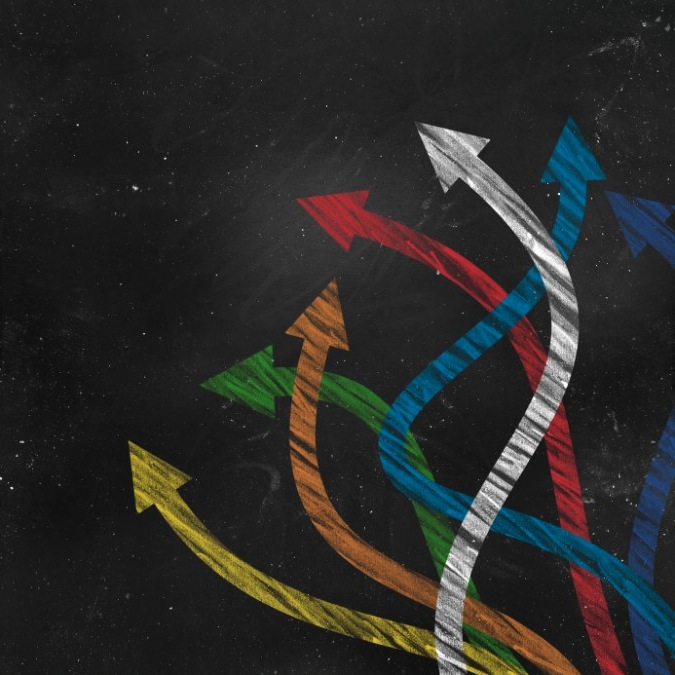





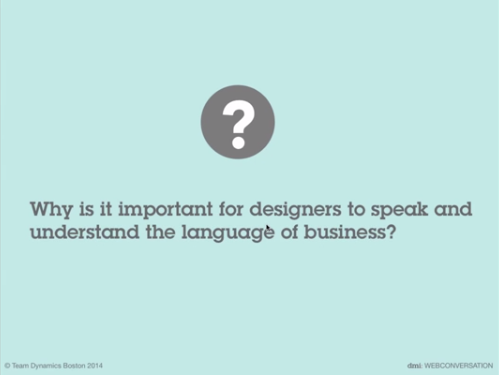 Mastering the Language of Business: From Babble to Clarity - DMI Web Conversation.
Mastering the Language of Business: From Babble to Clarity - DMI Web Conversation.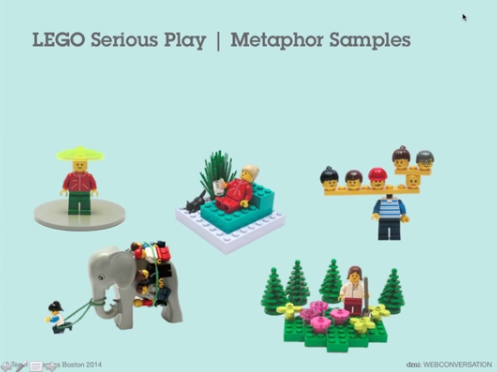
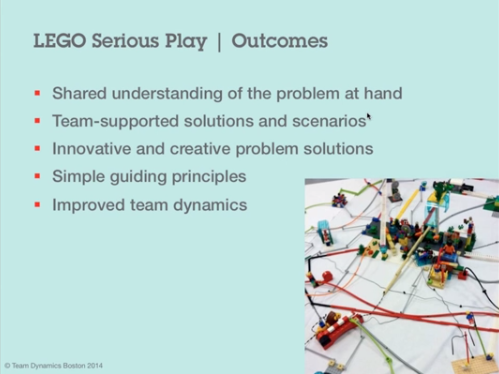
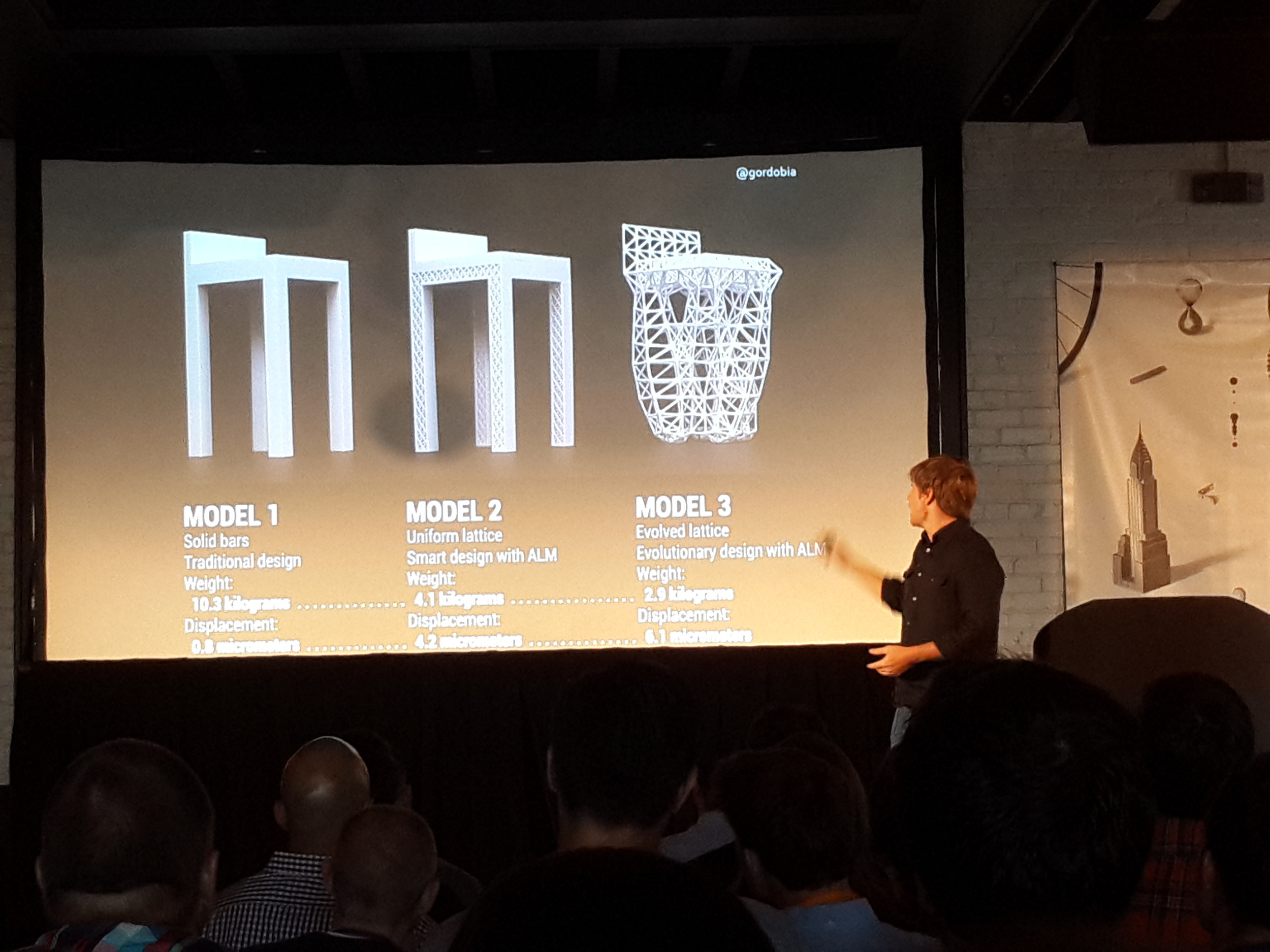
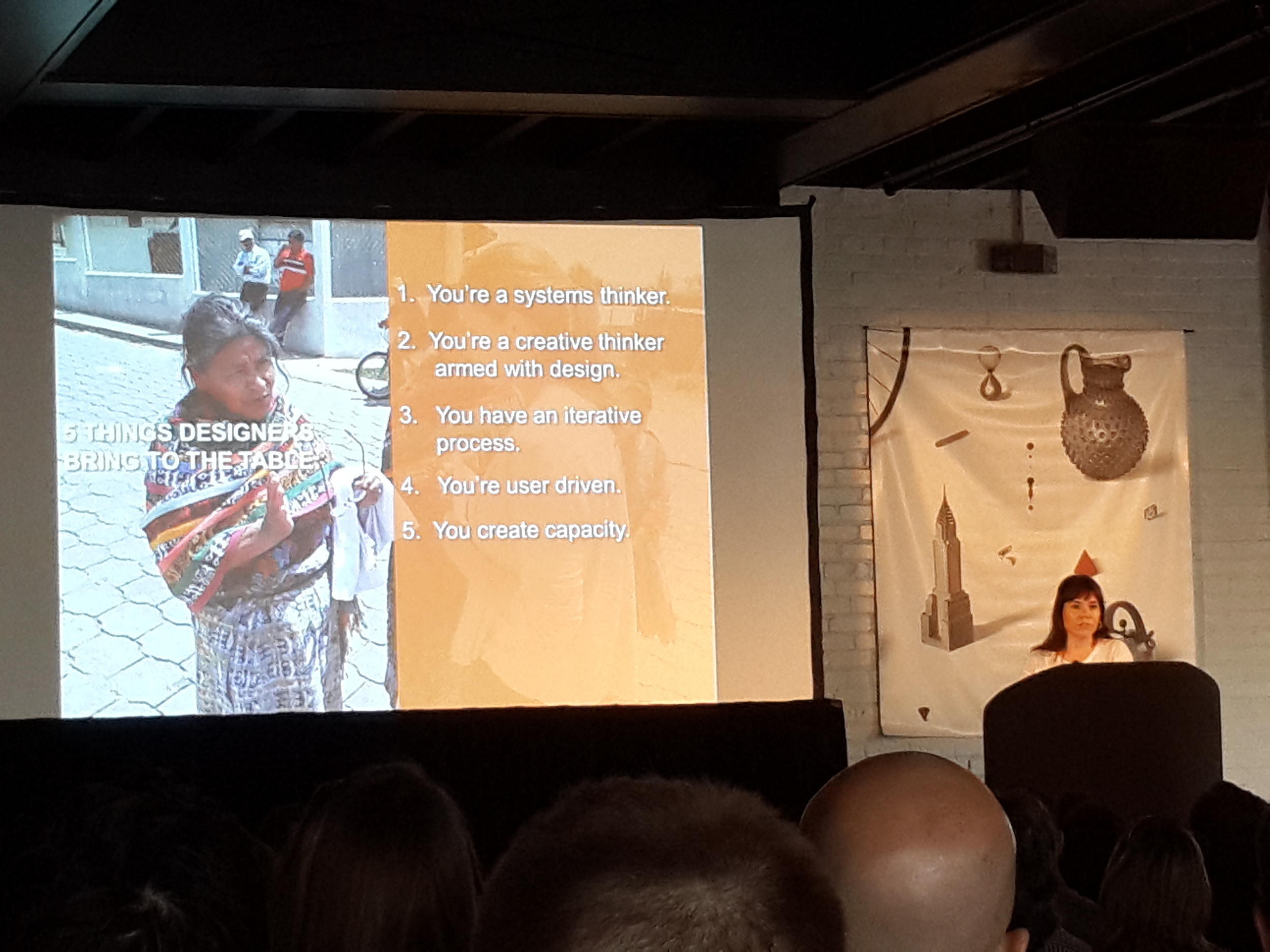
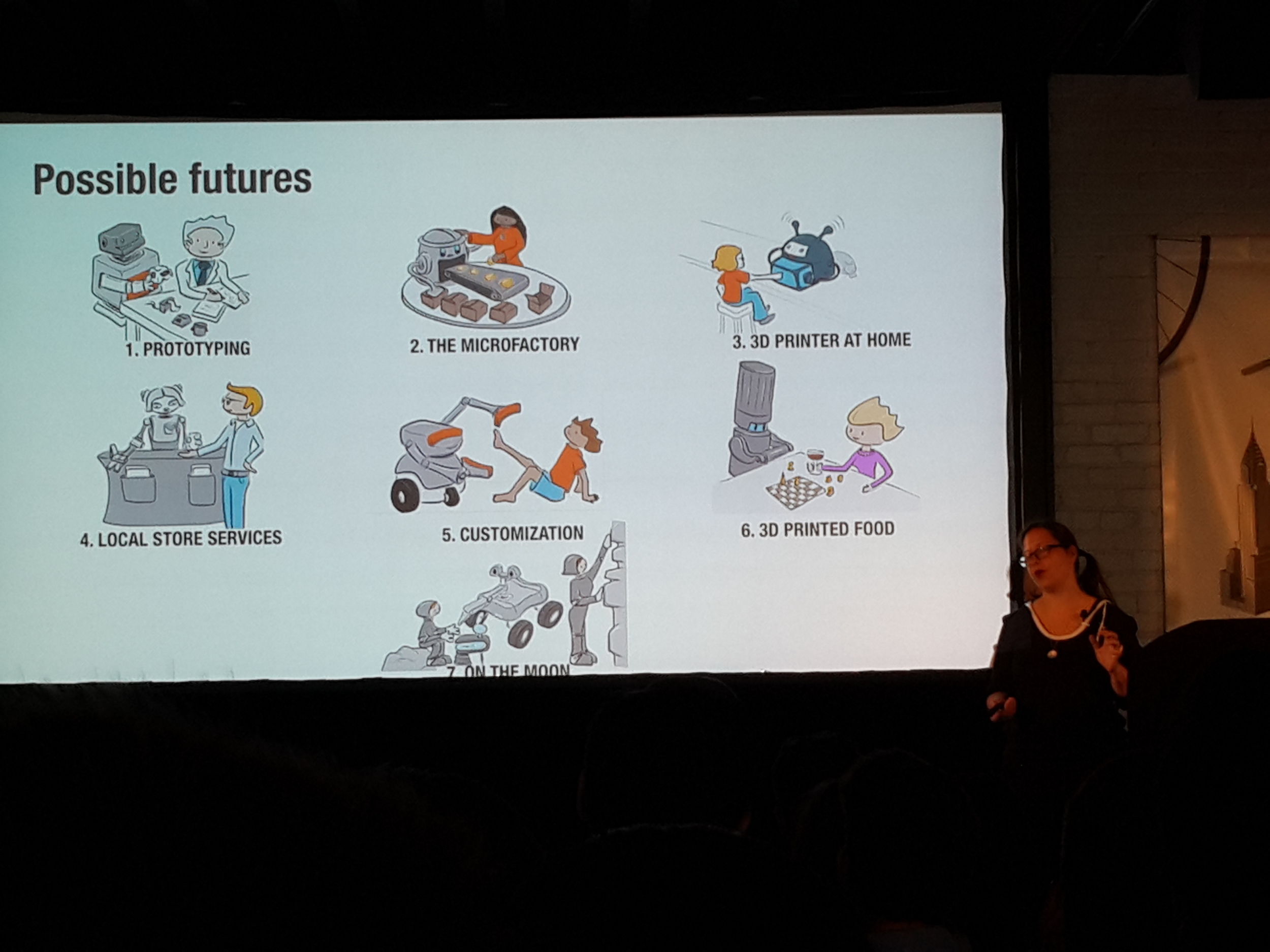
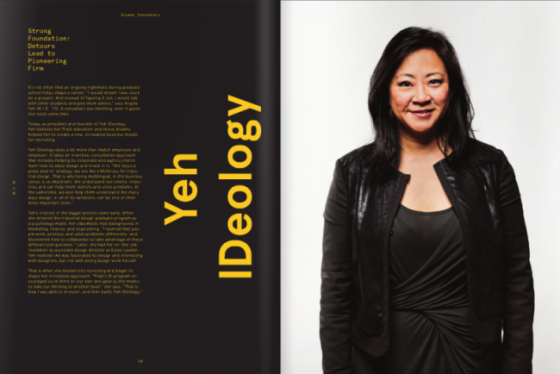

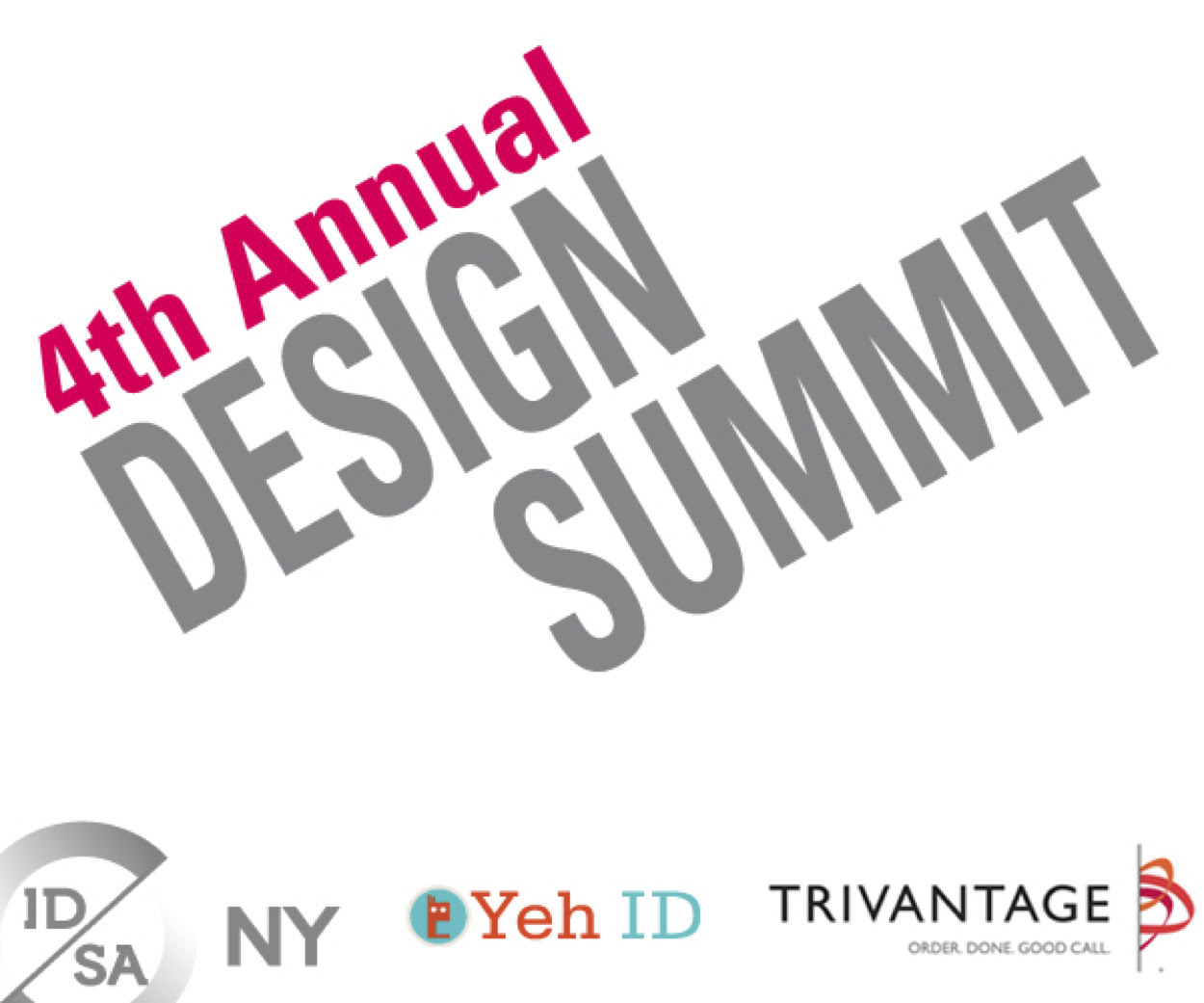 In partnership with IDSA NYC, Yeh IDeology hosted the 4th annual Design Summit on February 27th. This year’s design summit featured a panel of cross-disciplinary design leaders including Erica Eden (Founder of Femme Den and Global Director of Design Innovation of PepsiCo), Rich Thrush (Director of Kaz Incorporated), Mei Mah (Deputy Director of Education at Cooper Hewitt), Dan Grossman (Deputy Design Directory of Martha Stewart Living Omnimedia).
In partnership with IDSA NYC, Yeh IDeology hosted the 4th annual Design Summit on February 27th. This year’s design summit featured a panel of cross-disciplinary design leaders including Erica Eden (Founder of Femme Den and Global Director of Design Innovation of PepsiCo), Rich Thrush (Director of Kaz Incorporated), Mei Mah (Deputy Director of Education at Cooper Hewitt), Dan Grossman (Deputy Design Directory of Martha Stewart Living Omnimedia).